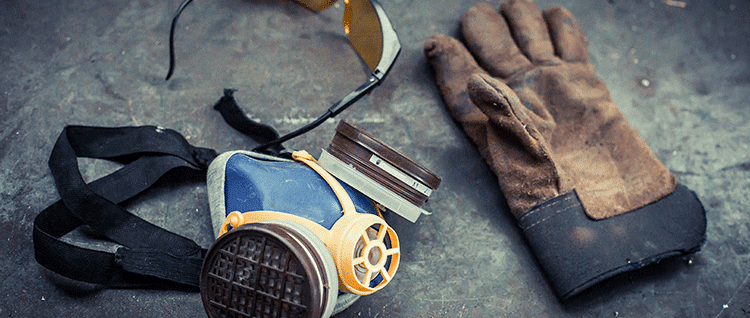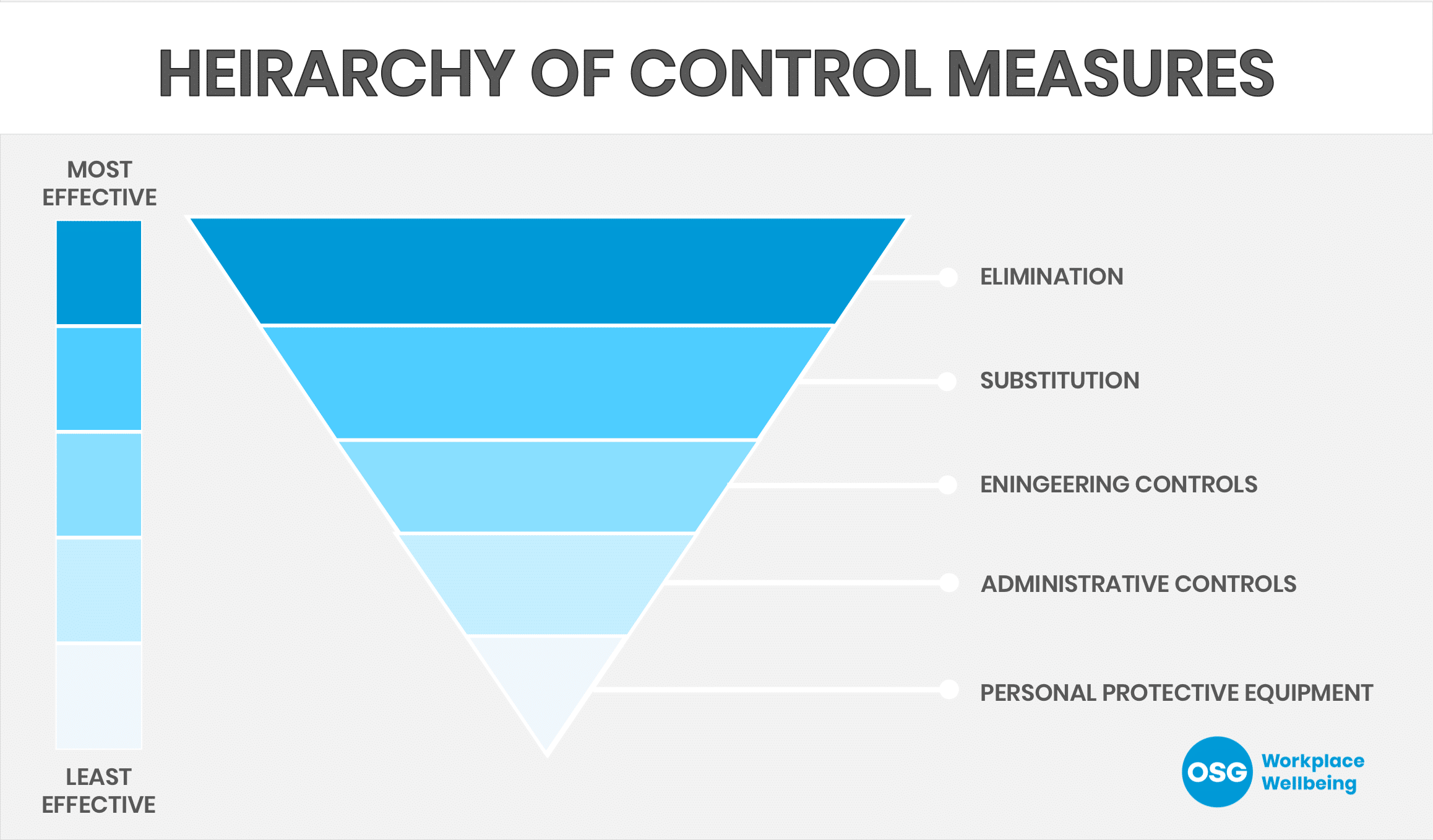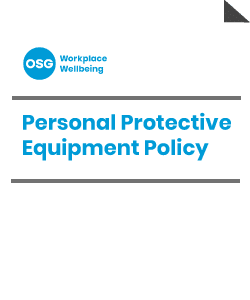The use of personal protective equipment (PPE) goes way back in time. It can be traced to the eighth century B.C in the famous poem “Homers Odyssey”. In the poem, there was a brief description of Laertes using gloves to protect his hands from thorns as he toiled away in the garden. Through the Middle Ages masons would wear sheepskin gloves when handling hazardous tools or materials to protect from scrapes and cuts. Today, there are so many different types of gloves and sleeves, all with the purpose of protecting the hands and arms from harm.
Similarly, protecting the head was also important. Most helmets were used for ceremonial and military purposes prior to the tenth century BCE. It wasn’t until the 19th century that workers used headgear in the form of a hardhat to protect themselves from harm. The point, PPE has been around for a long time. But is it the correct control to effectively mitigate hazards?
What is PPE?

PPE refers to protective clothing designed to protect the wearer from safety and health hazards. PPE can include eye protection, head protection, hand protection, foot protection or fall protection. Hazards addressed by protective equipment and devices include:
- physical (heat, noise, radiation, heights)
- electrical
- chemical
- biological (where there is a potential for exposure to dust, mist, vapours, fumes or gases)
What is the Purpose of PPE?
The purpose of PPE is to reduce exposure to hazards when engineering, substitution, or administrative controls are not feasible or effective enough to reduce the risk of exposure to acceptable levels. Herein lies one of the biggest concerns with PPE – there are considerable limitations. PPE does not eliminate the hazard at the source and may result in employees being exposed to the hazard if the equipment fails.
PPE is designed to create a barrier between the user and the hazards they may be exposed to. However, it can create additional limitations and potential strains to the user. If not fitted correctly, or if the protective device is not fit in combination with other PPE, it may result in:
- discomfort
- poor work performance
- insufficient protection required to adequately reduce exposure
What Should Employers Do?
Develop and Implement Standards for Risk Assessments & PPE
Employers should have a written policy or procedure that assigns roles and responsibilities for the identification and control of hazards. Employees are less likely to suffer injuries or illness when employers have developed and implemented methods for identifying and controlling hazards. You can get started by downloading our free PPE Policy Template.
Use the Hierarchy of Risk Control
The hierarchy of risk control provides a strategic framework for reducing risk, it also makes a great business case for safety. Elimination and substitution are at the top of the hierarchy because they remove the hazard entirely or replace the hazard by providing a safer alternative. These controls do not require extensive monitoring and supervision. They are also more sustainable.
If elimination or substitution is not feasible, employers must consider engineering and administrative controls. These controls aim to reduce the risk through design and educating employees about safe work practices and behaviours.

Personal protective equipment is at the bottom of the hierarchy of controls because it is only creating a barrier. While PPE has tremendous value, it should never be an employer’s primary choice to address and control hazards. PPE requires increased monitoring and supervision to ensure its effectiveness as it only limits exposure to the harmful effects of a hazard. However, this is only the case if the PPE fits and is worn correctly.
Create a Standard for PPE
Employers should have a developed and implemented PPE standard. The standard should clearly identify what PPE is required and what type of PPE is acceptable. For example, there are many different types of protective footwear offering different levels of protection. (Yes, there is more than just a CSA green patch.) Similarly, there are many different types of respiratory protective devices designed to protect against airborne contaminants. A PPE standard should clearly identify who must wear what and when it must be worn. It must identify parameters for proper fit, selection, maintenance and replacement.
Provide PPE Training to Workers
Training on PPE is an essential component of a PPE Program. Employers have an obligation to provide information, instruction and supervision. This requirement applies to PPE. The requirement is also supplemented by Ontario Regulation 851 Industrial Establishments s. 79. Where it states the following:
a worker required to wear or use any protective clothing, equipment or device shall be instructed and trained in its care and use before wearing or using the protective clothing, equipment or device.”
Engage Personnel when PPE is Necessary
In summary, job tasks must be assessed to ensure that PPE is actually necessary, the first thought employers should always have is “can the hazard be eliminated at the source or isolated through engineering design?” If you can, fantastic! If not, work through the hierarchy and assess at each level to ensure adequate controls have been identified. Personnel such as supervisors and workers affected by changes should be consulted and their input sought. This will go a long way in ensuring workers are on board with PPE use and they are adequately protected.
Download the PPE Policy Template
 Get started on improving your PPE Program right away. Download and customize this policy template to clearly communicate to workers and supervisors the expectations surrounding PPE at your workplace.
Get started on improving your PPE Program right away. Download and customize this policy template to clearly communicate to workers and supervisors the expectations surrounding PPE at your workplace.
Fill out the form below to get instant access to the template.